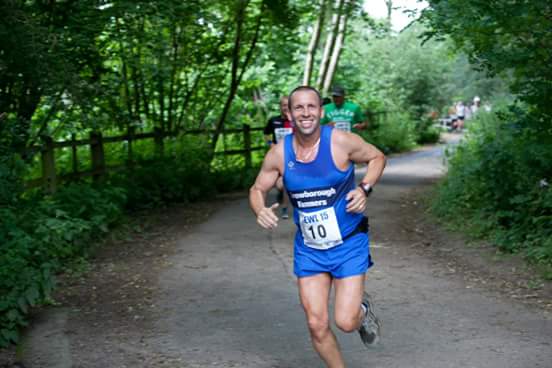Mr Senthil Velayudham, Consultant Orthopaedic Surgeon, specialises in hip surgery. In this Q&A, he explains what hip osteoarthritis is, advises on when to consider a hip replacement and details how to look after your new joint.
Q1. What is hip osteoarthritis?
A. The hip joint is a ball and socket joint. The socket, the surface, and the surface of the ball are covered with a smooth cartilage for a smooth pain-free movement. On the X-ray it is seen as a gap between the socket and the ball of the hip joint. Cartilage wearing out is hip osteoarthritis. The joint space is completely narrowed, so the bone is rubbing on the bone, which is advanced osteoarthritis. Pain and stiffness are the main or common symptoms. Other symptoms can be a clicking sensation, limping, and a difference in the leg length.
Q2. When should I have a hip replacement?
A. In the early stages, painkillers, regular low impact exercises and maintaining healthy weight help to ease the pain. As the arthritis progresses, these measures might not help the patient. Advanced osteoarthritis affects quality of the patient's life, restricting their day-to-day activities, ability to do fitness exercises and have a good sleep. When the arthritis reaches that stage, one would most likely need a total hip replacement. It is entirely a patient's choice when to have a hip replacement. Only occasionally the surgeon might advise the patient to have the hip replacement done sooner than later.
Q3. What is a minimally invasive hip replacement?
A. Restoring soft tissue function is a very important part of a hip replacement. Minimally invasive hip replacement helps to achieve this by protecting the major muscles and repairing the ligaments as anatomically as possible so that a patient gets back as good function as possible. This also helps to reduce the blood loss, reduce pain post-surgery, and earlier recovery of the hip function. Equally important are choosing prosthesis with good long-term record, securing the prosthesis (that is fixing the prosthesis as well as possible), restoring individual patient's hip anatomy in terms of leg length, soft tissue tension etc. All of these are important in achieving early and long-term, good to excellent outcome.
Q4. How can I look after my new hip joint?
Though the hip joint has been replaced, the muscles around the joint are the same. It is important to maintain good strength and flexibility in these muscles to enjoy the new hip replacement for as long as possible. It's better to follow the advice given by the surgeon and the physiotherapist doing exercises in the early stage.
Around four to six weeks, patients can start doing water-based exercises, including swimming and static back exercises, to gradually increase their resistance and endurance. Any lateral or pivot movements in sports activities are better avoided for three months. Around that time, one can start playing golf, tennis, badminton horse riding etc. High impact exercises are better avoided for six months.
Elderly patients having falls after the hip replacement can lead to fractures which might need revision surgery, so it is important that falls are avoided. Regular balance and flexibility type exercises help to achieve this.
Any infection should be treated promptly, otherwise, even at a very late stage, infection such as dental infection, bladder infection or chest infection, can spread to the artificial hip joint and cause infection there, which may need further surgery.
Hip replacements nowadays last 20 years in more than 90% of patients.
Book a consultation with The Horder Centre
If you are experiencing significant shoulder pain and want to discover the treatment options available to you, book a consultation with The Horder Centre. Our team is on hand to support you through the treatment process, from your initial consultation to any aftercare you may need.
We provide outstanding patient experiences
The Horder Centre is an award-winning Centre of Excellence that offers patients a unique therapeutic environment. Specifically designed for orthopaedic surgery, our facilities include a physiotherapy inpatient gym and courtyard gardens designed by clinical experts to enhance recovery. Finance options available.
Read our patient testimonials
Find out what it’s like to be a patient, from the people who matter the most.






